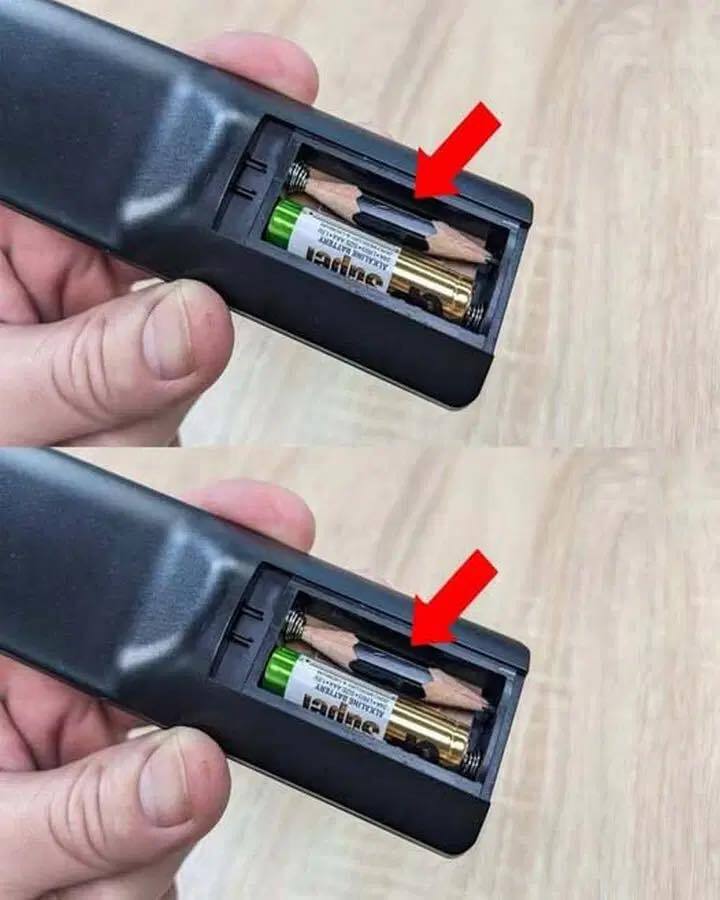If you’ve ever tried to change the channel or adjust the volume only to find your remote control completely unresponsive, you’re not alone. A malfunctioning remote can be a major annoyance, especially when you’re in the middle of a movie or trying to catch your favorite show. But before you assume it’s broken or rush out to replace it, take a deep breath—there’s a good chance the issue is minor and easily fixable.

In fact, most remote control problems have surprisingly simple solutions that don’t require any technical skills or fancy tools. With just a few quick tricks, you can get your remote working again without spending money or calling in a professional. One of the most common reasons a remote stops working is also the easiest to fix: dead or weak batteries. It might seem obvious, but people often forget how quickly battery life can dwindle—especially if the remote is used frequently or the batteries are cheap. If your remote isn’t responding, the first step is to pop open the battery compartment and replace the old batteries with new ones.
Make sure you insert them correctly, paying attention to the plus and minus signs. Even if the batteries are relatively new, try swapping them out just to be sure. It’s a simple move that can save a lot of unnecessary frustration. If fresh batteries don’t solve the problem, the next thing to check is whether the remote’s signal is being blocked. Most remotes use an infrared beam to communicate with your TV or device, and that beam needs a clear, unobstructed path.
Something as small as a book, a decorative object, or even a blanket draped over the sensor can disrupt the connection. Also, make sure you’re pointing the remote directly at the front of the TV or device and that nothing is blocking the sensor. Sometimes even bright lighting or sunlight can interfere with the signal, so consider adjusting your environment if needed. Another potential issue is dirty battery contacts. Over time, grime, dust, or even corrosion can build up inside the battery compartment, preventing a proper electrical connection. If your remote has new batteries but still won’t work, remove the batteries and inspect the metal contacts. If you see any buildup, gently clean the area using a cotton swab dipped in rubbing alcohol or a small piece of fine sandpaper.
Once everything is clean and dry, reinsert the batteries and try the remote again. Still not working? Don’t worry—there are a few more things to try. The buttons on a remote can become sticky or unresponsive due to dust, dirt, or debris that gets lodged underneath. Give your remote a good cleaning by first removing the batteries, then wiping down the exterior with a slightly damp cloth. For deeper cleaning, use a cotton swab or a soft toothbrush to gently scrub around the buttons. Be careful not to let moisture seep inside the remote, and let it dry completely before using it again. You can also check if your remote is emitting an infrared signal by using your smartphone’s camera. Turn on the camera, point your remote at the lens, and press any button. If the remote is working, you should see a flashing light on your phone screen—something the human eye can’t see but the camera can detect. If there’s no flash, the remote’s transmitter might be broken. On the other hand, if you see the flash but your device still isn’t responding, the issue could be with the device itself, not the remote. In that case, make sure your TV or device is plugged in, turned on, and functioning properly. If you’re using a universal remote, it might need to be reprogrammed. Refer to the manual or look up your remote model online for instructions on how to pair it again with your device. If none of these tricks work, you might consider using a universal remote or downloading a remote control app for your smartphone, many of which are compatible with modern smart TVs and streaming devices. In the end, most remote control issues can be resolved with a few minutes of troubleshooting and a little patience. Before you give up and toss your remote in frustration, try these quick fixes—you might be surprised at how easy it is to get things working again.





